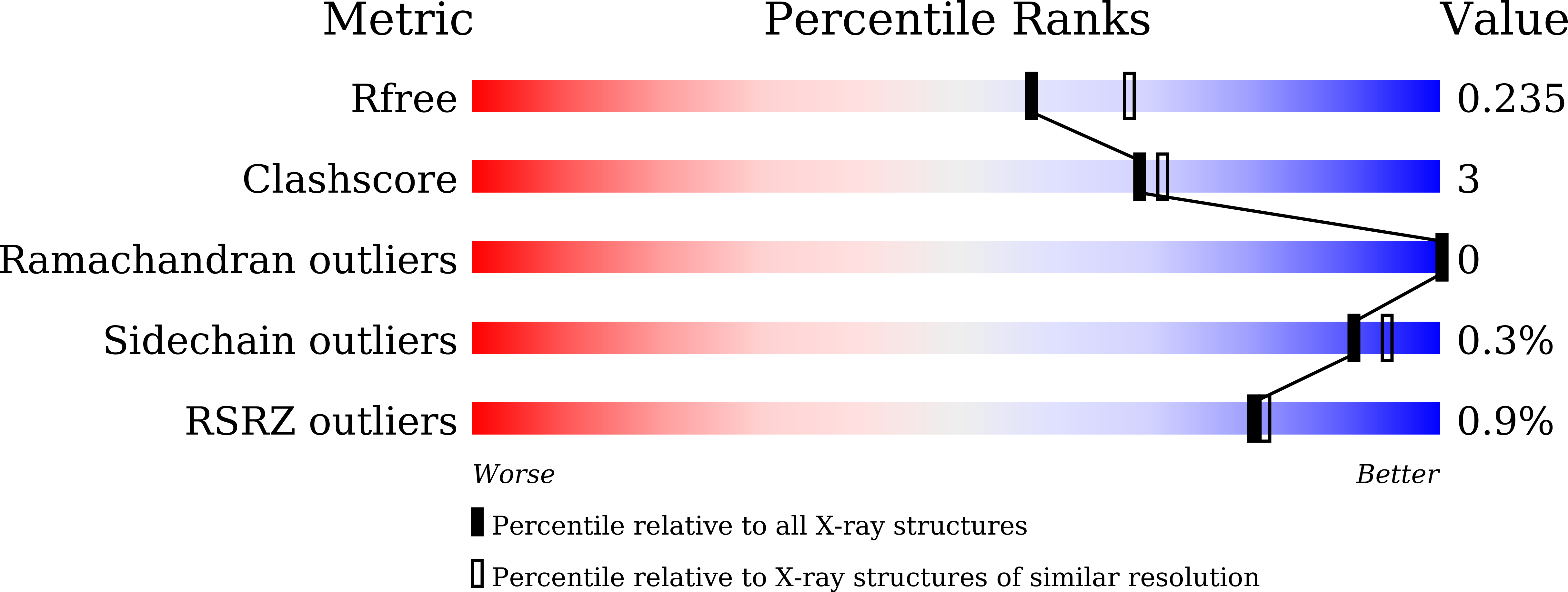
Deposition Date
2024-07-22
Release Date
2025-06-04
Last Version Date
2025-07-16
Entry Detail
PDB ID:
9IUT
Keywords:
Title:
Crystal structure of cancer-specific anti-HER2 antibody H2Mab-250 in complex with epitope peptide
Biological Source:
Source Organism:
Mus musculus (Taxon ID: 10090)
Homo sapiens (Taxon ID: 9606)
Homo sapiens (Taxon ID: 9606)
Host Organism:
Method Details:
Experimental Method:
Resolution:
2.09 Å
R-Value Free:
0.23
R-Value Work:
0.20
R-Value Observed:
0.20
Space Group:
C 2 2 21


